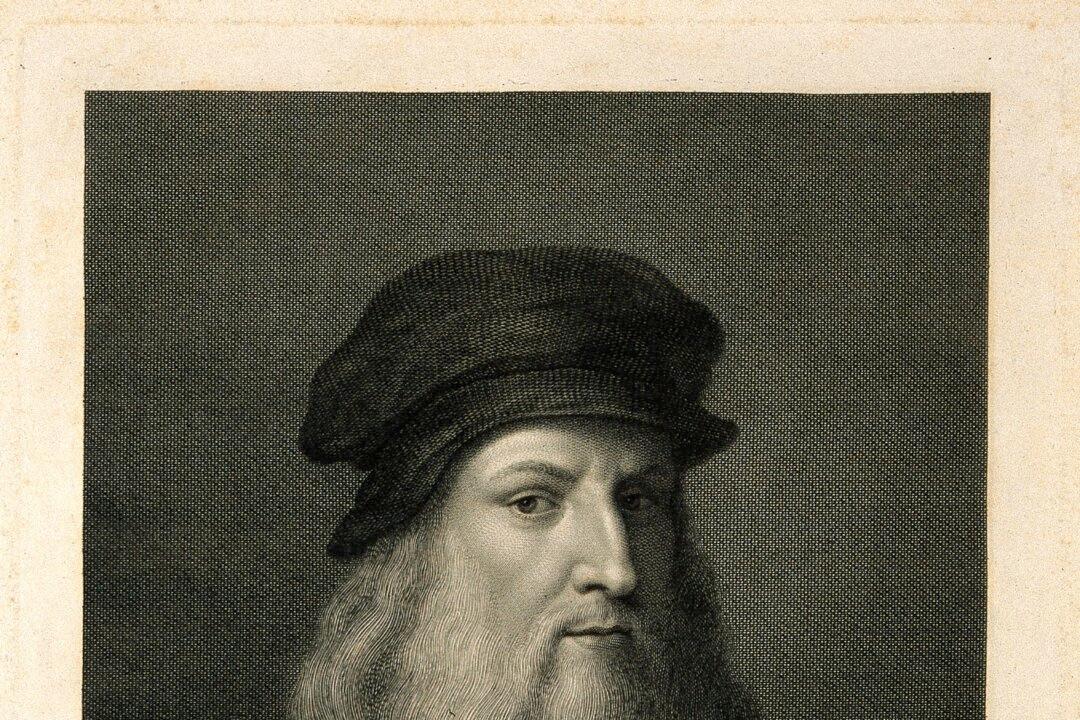Recently, I interviewed Martin Clayton, the head of prints and drawings at Windsor Castle. The Royal Collection Trust holds the largest number of drawings by Leonardo da Vinci anywhere in in the world. A renowned expert on Leonardo, Clayton has organized exhibitions at the Queen’s Gallery at Buckingham Palace that have showcased these drawings. He has also written several books on Leonardo including “Leonardo da Vinci: Anatomist,” “Leonardo da Vinci: The Mechanics of Man,” and “Leonardo da Vinci: The Divine and Grotesque.”
Throughout this article, I draw on quotes from my conversation with Clayton, along with references from his book “Leonardo da Vinci: The Mechanics of Man.” All conclusions, unless otherwise stated, are my own.





